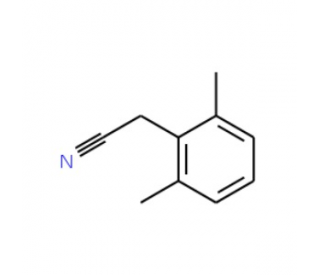詳細(xì)說明
Species Reactivity
Mouse
Specificity
Detects mouse TNF RII/TNFRSF1B in ELISAs and Western blots. In sandwich immunoassays, no cross-reactivity with recombinant human (rh) TNF RII/TNFRSF1B, recombinant mouse (rm) TNF RI, rhTNF RI, rm4?1BB, or rmOPG is observed. In Western blots, approximately 25% cross-reactivity with rhDR3 and rhTNF RII is observed and no cross-reactivity with rm4?1BB, rmCD27, rmCD30, rmCD40, rmFas, rmGITR, rhHVEM, rhNGF R, rmOPG, rmRANK, rmTNF RI, rmTROY, or rmEDAR is observed.
Source
Monoclonal Hamster IgG Clone # TR7554
Purification
Protein A or G purified from hybridoma culture supernatant
Immunogen
E. coli-derived recombinant mouse TNF RII/TNFRSF1B
Extracellular domainFormulation
Supplied in a saline solution containing BSA and Sodium Azide.
Label
Allophycocyanin
Applications
Recommended
ConcentrationSample
Flow Cytometry
10 μL/10 6 cells
See below
Please Note: Optimal dilutions should be determined by each laboratory for each application. are available in the Technical Information section on our website.
Data Examples
Flow Cytometry | Detection of TNF RII/TNFRSF1B in L?929 Mouse Cell Line by Flow Cytometry. L?929 mouse fibroblast cell line was stained with Hamster Anti-Mouse TNF RII/TNFRSF1B APC?conjugated Monoclonal Antibody (Catalog # FAB426A, filled histogram) or Hamster IgG Allophycocyanin Control Antibody (open histogram). View our protocol for . |
Preparation and Storage
Shipping
The product is shipped with polar packs. Upon receipt, store it immediately at the temperature recommended below.
Stability & Storage
Protect from light. Do not freeze.
12 months from date of receipt, 2 to 8 °C as supplied.
Background: TNF RII/TNFRSF1B
Two types of soluble TNF receptors have been identified in human serum and urine which can neutralize the biological activities of TNF-alpha and TNF-beta. These binding proteins represent truncated forms of the two types of high-affinity cell surface receptors for TNF (TNFR-p60 Type B and TNFR-p80 Type A). Soluble TNF RII corresponds to TNFR-p80 Type A. In the new TNF superfamily nomenclature, TNF RII is referred to as TNFRSF1B. These apparent soluble forms of the receptors appear to arise as a result of shedding of the extracellular domains of the membrane-bound receptors. Normal concentrations as high as 4 ng/mL are found in the serum of healthy individuals, and even higher levels may be found in some pathological conditions. Although the physiological role of these proteins is not known, it has been speculated that shedding of the soluble receptors in response to TNF release could serve as a mechanism to scavenge the TNF not immediately bound and thus localize the inflammatory response. It is also possible that the pool of TNF bound to soluble receptors could represent a reservoir for the controlled release of TNF.
Long Name:
Tumor Necrosis Factor Receptor II
Entrez Gene IDs:
7133 (Human); 21938 (Mouse); 156767 (Rat)
Alternate Names:
CD120b antigen; CD120b; Etanercept; p75 TNF receptor; p75TBPII; p75TNFR; soluble TNFR1B variant 1; TNF RII; TNFBRp80 TNF-alpha receptor; TNF-R2; TNFR2TNFR1B; TNF-R75; TNFR80; TNFRII; TNF-RII; TNF-R-II; TNFR-II; TNFRSF1B; tumor necrosis factor beta receptor; tumor necrosis factor binding protein 2; Tumor necrosis factor receptor 2; tumor necrosis factor receptor superfamily member 1B; tumor necrosis factor receptor superfamily, member 1B; Tumor necrosis factor receptor type II











 粵公網(wǎng)安備44196802000105號
粵公網(wǎng)安備44196802000105號